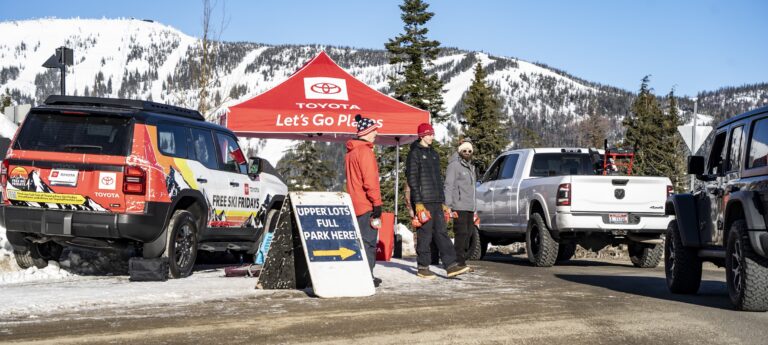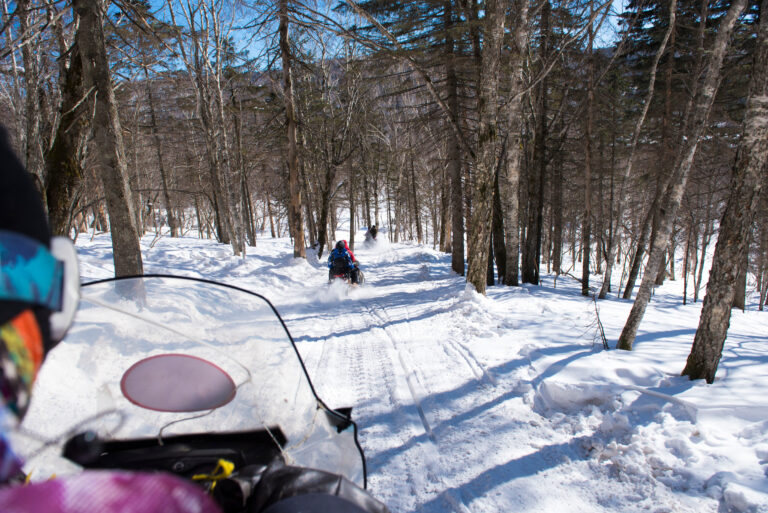The Last Man On The Mountain: The Death Of An American Adventurer On K2
Jennifer Jordan
W.W. Norton & Company, August 2010, 320 pages
In the early 1990s, when I first became interested in collecting adventure literature, one of the first truly collectable books I obtained was a copy of Charles Houston and Robert Bates’ book K2: The Savage Mountain. That was the first of many “K2 books” I’ve added to my collection. In reading a mountain of K2 literature one question stood out; what the devil is all this “controversy” about Dudley Wolfe? Finally, Jennifer Jordan, in The Last Man on the Mountain, provides a satisfying answer.
In 1939 Dudley Wolfe, an aristocratic American adventurer, became the first climber to die on the slopes of K2. Sixty-three years later, the author and a hiking companion found Wolfe’s remains on the glacier below the peak. For Jordan, on K2 researching her book, The Savage Mountain, this event forged the link between Jordan and Wolfe that led to the creation of Last Man.
The incident of Wolfe’s death ripped through the American climbing community splitting the members of the American Alpine Club into pro- and anti-Wiessner factions. Against this backdrop Jordan skillfully peels away the myth and reveals, probably as well as we will ever know, what happened on K2 in July 1939. Armed with a modern understanding of the effects of high altitude on both physical and mental function, Jordan places the words and actions of those climbers in better context than we’ve seen before. Using comfortably readable prose, Jordan reveals the real Dudley Wolfe; she painstakingly develops his character including strengths and weaknesses as a climber.
In the end, Jordan arms the reader with the information needed to draw their own conclusions on both the person of Dudley Wolfe and why he died on K2.
The Last Man on the Mountain is an important book both because it removes much of the myth surrounding the life and character of the first climber to die on the “savage mountain” and because it fairly tells the story of this much maligned American expedition to the roof of the world.
Stan Miller
Fishes Of The Columbia Basin
Dennis D. Dauble
Keokee Books, July 2009, 244 pages.
There are guidebooks you keep as handy references, and there are those that you are compelled to read every page. Fishes of the Columbia Basin calls you to every page, piscophile and lay reader alike.
Dennis Dauble provides a thorough descriptionof all fishes in the Columbia basin including native and non-native species. Color plates and photos provide an excellent key for fish identification.
What makes Dauble’s book most compelling is that he pays equal attention to the natural and human history, ecology and biology of our region’s key fish. He goes beyond the stories of Lewis and Clark’s first encounters with the iconic Pacific salmon—and their importance to Native American tribes—to tell the story of fish such as the Pacific Lamprey, a homely but historically vitally important food fish for tribes, and a species suffering steep declines with little public notice.
The book skirts the politics of disappearing salmon populations and other fish losses in the Columbia basin, and Dauble keeps his personal views off the pages. But he doesn’t back away from the facts of steep fish declines in many rivers by human-caused habitat destruction, historic over-fishing, introduction of non-native fish, impacts of hatcheries, and of course, the construction of hundreds of dams throughout the basin’s rivers, especially the large hydroelectric projects on the Columbia and Snake rivers. His history chapter serves as a good quick reference guide to the loss of salmon and steelhead in our region and the impacts these fish losses had on tribes and fishing-dependent communities.
This book belongs in the collection of anyone who hikes, boats or fishes our regional rivers and wants the perfect primer on the finned creatures native to our part of the world. At 200 pages it is both an excellent basic fish biology and natural history reference and one of the better-written concise natural field guides to the Inland Northwest.
Sam Mace













